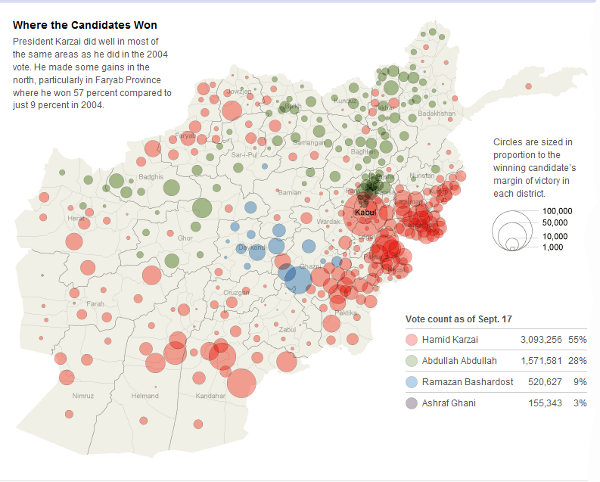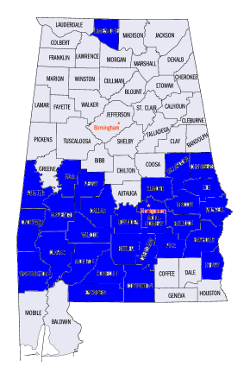Republicans have attacked Obama’s health care plan for, amongst other things, creating “death panels.” Democrats, predictably, have responded by calling this a ridiculous scare tactic, something that of course will never happen.
The problem is, however, that the fundamental concept behind this idea has merit. And unfortunately, because of Republican attacks, a good idea may not be implemented.
Here is the viewpoint on “death panels.” Killing old people is a bad idea. So don’t do it. Case closed.
But reality is not that simple. The plain truth is that the enormous cost associated with caring for the elderly is slowly bankrupting our nation and its health care system. The last months of a person’s life incur an enormous and disproportionate amount of spending relative to his or her lifespan. And sometimes – many times – those expenses are simply not justified; unnecessary operations and surgeries simply prolong the pain and delay the inevitable. Unplugging the machine may simply be the right thing to do – both for the nation at large and the person individually.
There is most definitely a chance of abuse and terrible wrong happening with this. There usually is. This idea is not perfect; few ideas are. The point is that it should not be immediately dismissed out of hand.
Today, with the health care plan losing popularity, Democrats are quickly backtracking from end-of-life planning. They have promised to delete the text concerning “death panels.”
That is unfortunate. Excessive end-of-life treatment that does not help is a major part of our skyrocketing health care bill. If we ignore the problem, as Congress seems poised to do, it will not magically get better. Sadly, ignoring the problem increasingly looks like what is going to happen.
–Inoljt, http://mypolitikal.com/




